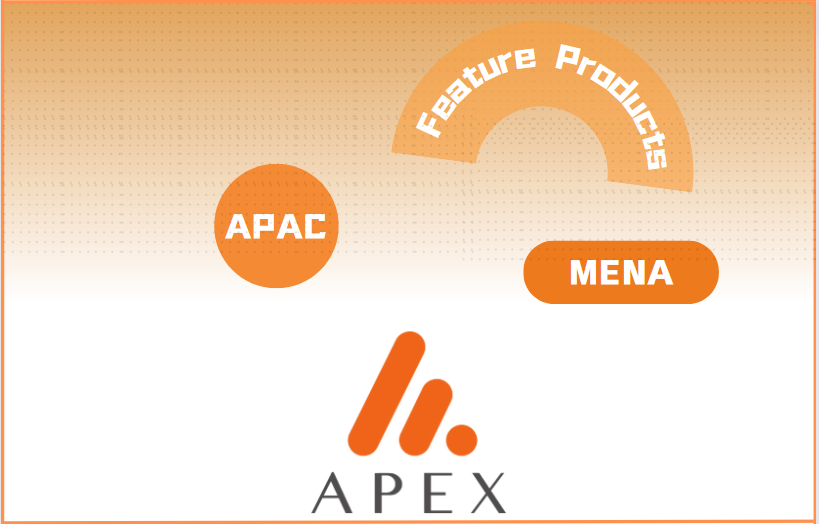Building a Resilient Financial Ecosystem: New Standards from the CSRC
The China Securities Regulatory Commission (CSRC) has introduced five new financial industry standards aimed at strengthening the operational, technological, and regulatory foundations of China's financial markets. These standards address critical areas, from futures brokerage agreements to information system backups, ensuring a more robust and globally aligned financial infrastructure.
Key Features of the New Standards
1.Futures Brokerage Contract Elements
The revised Futures Brokerage Contract Elements standard updates its 2013 predecessor by specifying core aspects of risk management in futures trading. These include:
•Client Margin Security: Establishing clear guidelines for the custody and management of client margin funds.
•Trade Execution Responsibilities: Outlining the allocation of liabilities tied to trading outcomes.
•Risk Control Mechanisms: Addressing scenarios such as margin calls and forced liquidation to protect against systemic risks.
By standardizing these elements, the framework enhances transparency and legal certainty, benefiting both domestic and foreign clients operating in China's futures market.
2.Information System Backup Capability Standards
This standard sets quantifiable benchmarks for:
•Data redundancy and disaster recovery.
•Response mechanisms to network failures or cybersecurity threats.
•Industry best practices for maintaining continuity in critical operations.
The implementation of these protocols is a direct response to the growing reliance on digital systems in financial transactions, providing a robust defense against operational disruptions.
3.Futures Company Logical Data Model
This standard provides comprehensive guidance on the construction of logical data models for futures companies, including entity-relationship diagrams, data table structures, and sensitivity labeling. These standardized models facilitate the centralized processing of data and ensure compatibility across systems, aligning with global practices.
4.Distributed Digital Identity Standards for Regional Equity Markets
A pioneering move in regional equity markets, this standard introduces a distributed digital identity framework for companies, products, and investors. It includes:
•Cross-domain identity authentication protocols.
•Secure mechanisms for data sharing and verification.
•Integration with “regulatory chain-business chain” dual-layer systems to bolster trust and traceability.
This initiative holds significant potential for cross-border collaboration by streamlining investor onboarding and enhancing data security in equity markets.
5.Coding Standards for Enterprises, Products, and Investors
This standard unifies the coding systems for market participants and products in regional equity markets, enabling more efficient registration, custody, and investor management. A standardized coding framework also simplifies the tracking of investments and transactions, fostering stronger connections between issuers and investors.
Strategic Implications
These standards reflect China's commitment to modernizing its financial infrastructure while ensuring resilience and global compatibility. For international investors, the emphasis on transparency and security minimizes operational risks and enhances market accessibility. The adoption of advanced digital identity frameworks and data standardization further paves the way for cross-border collaboration, offering a more predictable and secure environment for stakeholders navigating China's evolving financial landscape.





















































First, please LoginComment After ~